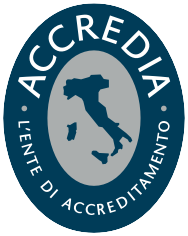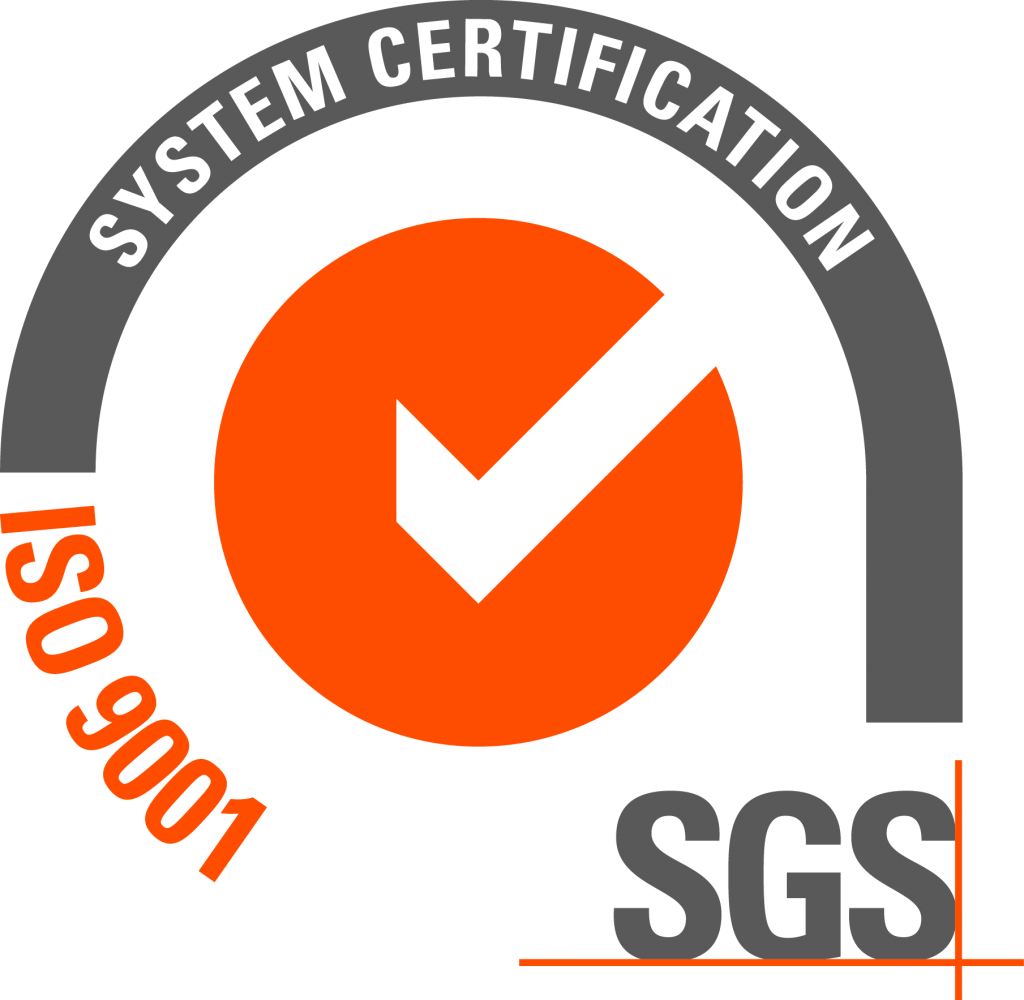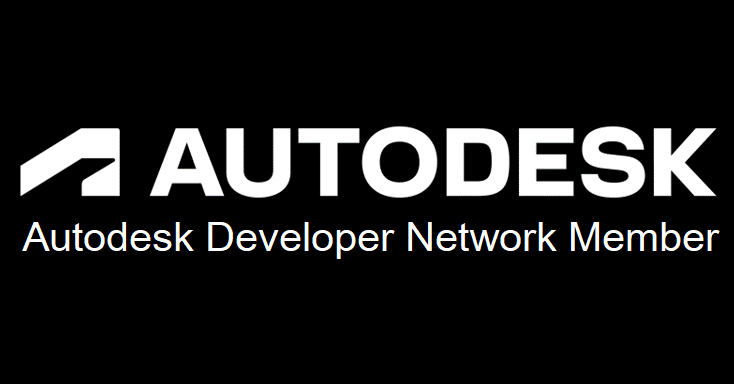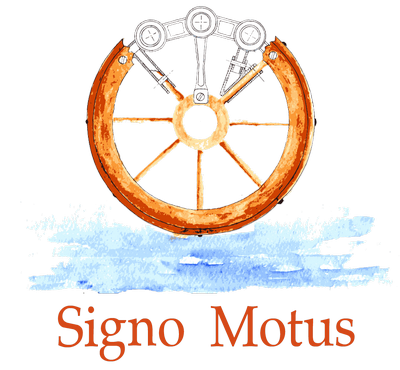
Versus
VERSUS: Virtual-Reality Enhanced Rehabilitation for Sustainable and Usable Services
(October 2017 / March 2020)
- Programme: POR FESR Toscana 2014-2020
- Coordinator: Signo Motus
- Consortium: 8 partners (IT)
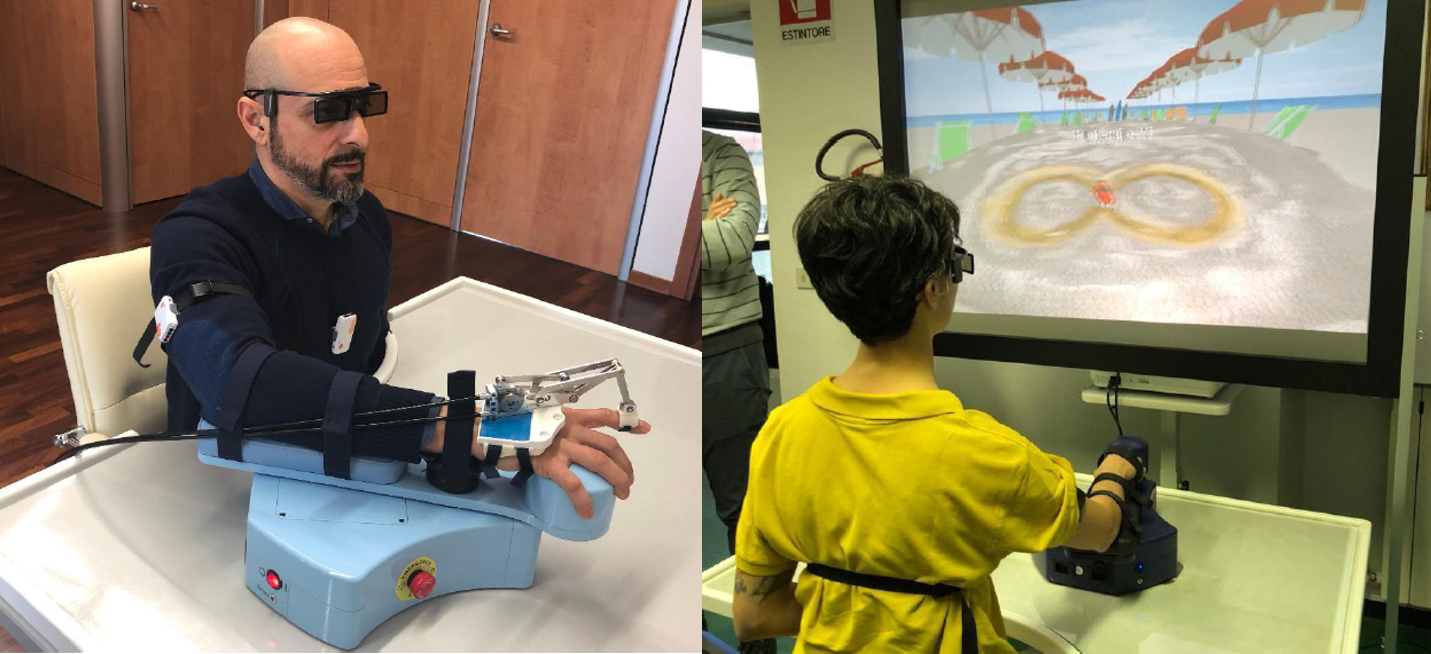
Abstract
The Versus project aims to create a technologically advanced platform, called VERSUS, for robot-assisted rehabilitation of the upper limb
of post-stroke patients. In particular, the objective of the project is to guarantee the optimization and continuity of hospital-territory care of rehabilitation treatment.
The need to develop this platform is part of a context in which the Tuscany Region has started a process of reviewing care paths for optimization
supported by information technologies. The management model provides for the achievement of continuity of care from the hospitalization phase to the territorial phase.
Given the high incidence of stroke, which represents the second cause of death in the world and the third cause of death in industrialized countries, and the first cause of disability in the elderly,
the target user base of the VERSUS platform is represented by post-stroke patients in the subacute phase.
In particular, the proposed platform will be composed of two settings: one for intensive rehabilitation hospital stay, one for outpatient services.
The VERSUS platform will consist of:
- A rehabilitation treatment management software platform, which will allow management from hospitalization from the de-hospitalization phase to the territorial phase. There platform will allow the clinical team (physiatrist/neurologist, physiotherapist) to plan the rehabilitation protocol best suited to the patient's residual functions and the recovery objectives set out in the rehabilitation program;
- A virtual reality software platform for robot-assisted rehabilitation characterized by an immersive visualization system, with the possibility of use also in stereoscopy, to resolve the difficulty of currently existing visualization systems which, due to their size, greatly reduce the sense of presence and of immersion in the virtual environment;
- Wearable sensors for movement monitoring, in terms of joint angles, speed and acceleration, to quantitatively evaluate motor recovery through kinematic data and joint intervals;
- Modular devices, for the rehabilitation of the upper limb (e.g. shoulder, forearm, wrist) and modules for the rehabilitation of the hand (e.g. index-thumb opposition, index-average opposition).
The design and development of this platform will take place through four operational objectives in which it will be carried out: the identification of functional requirements and technical specifications that will characterize the platform (operational objective 1), the development and validation of the different modules (operational objectives 2 and 3) the clinical trials and platform engineering (operational objective 4).

